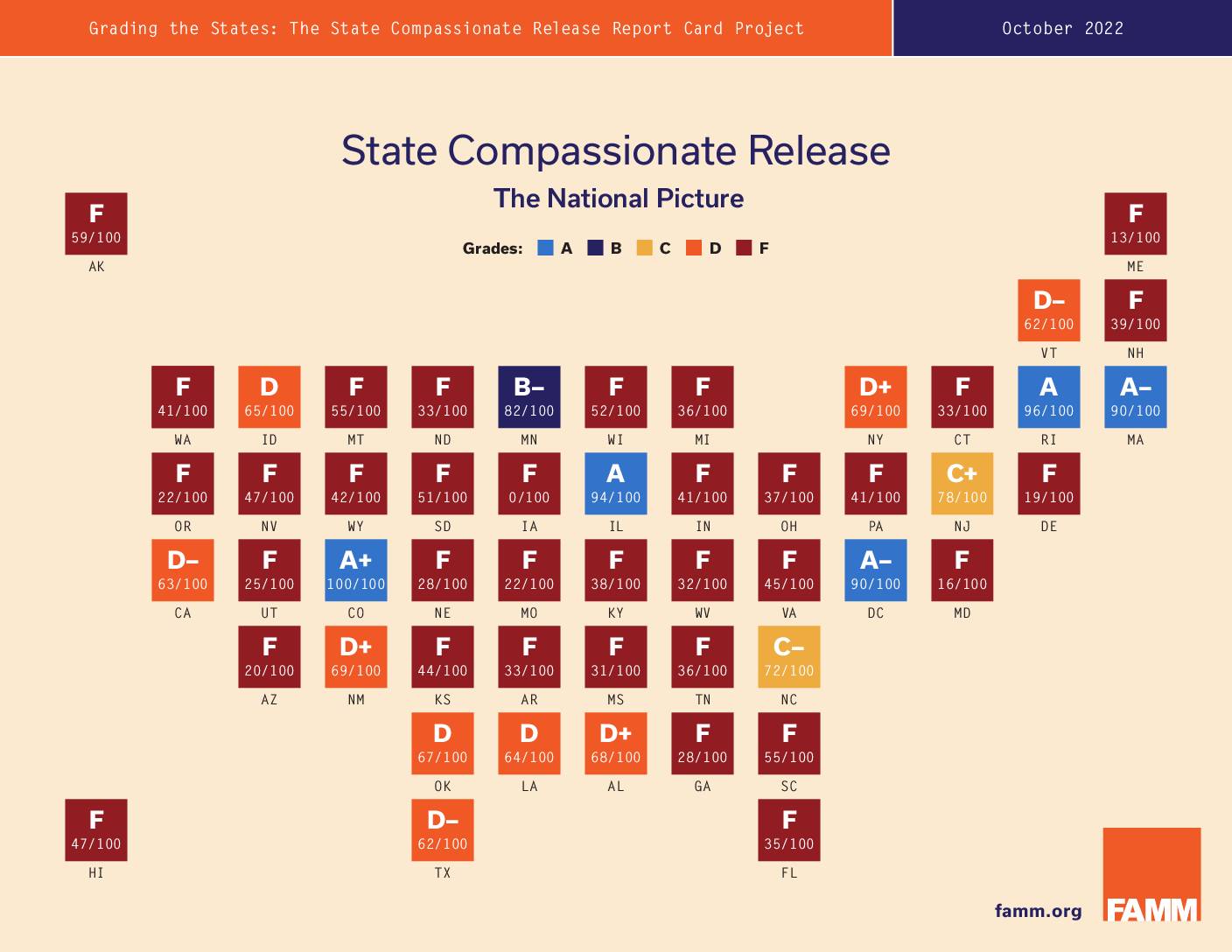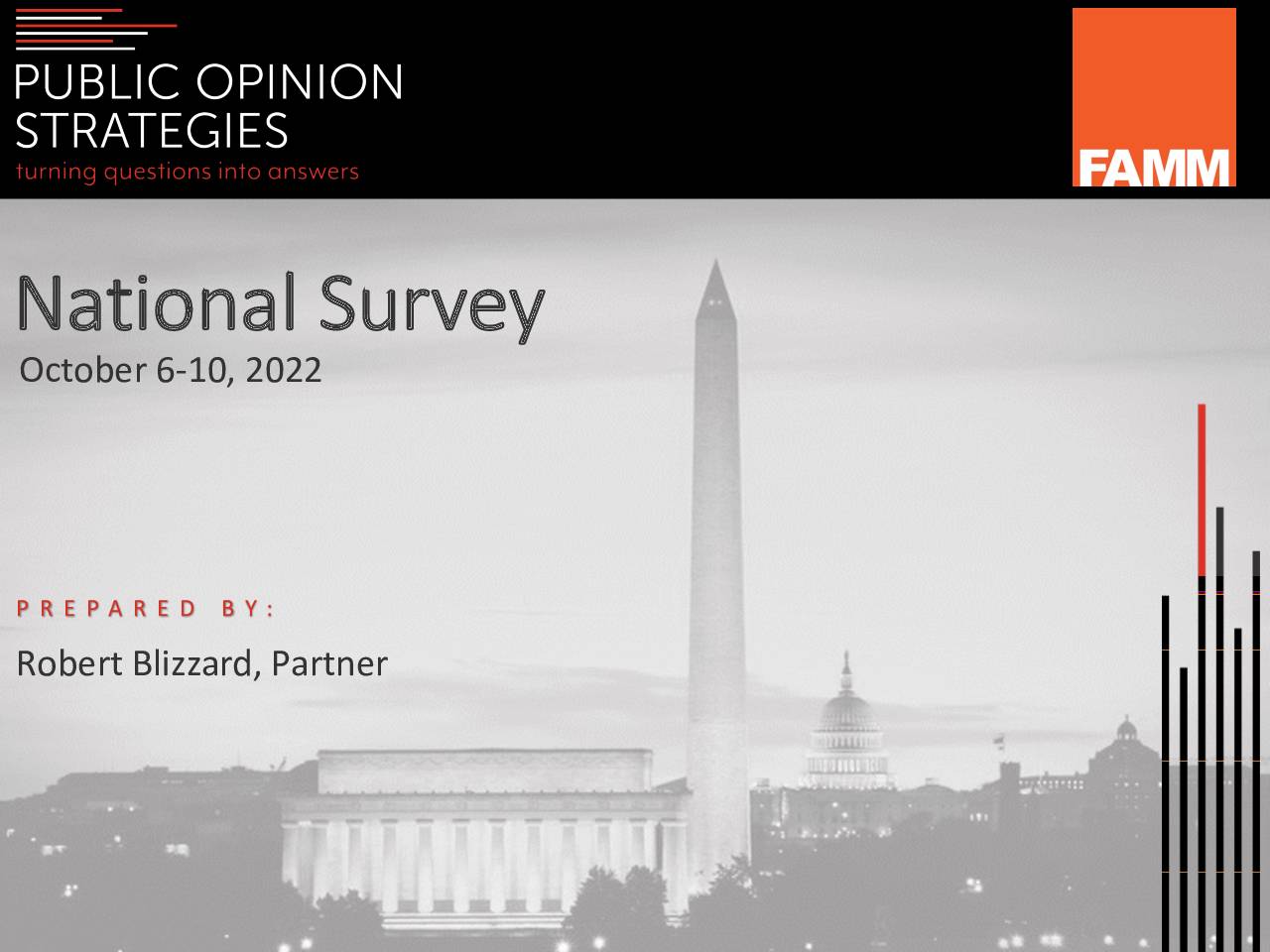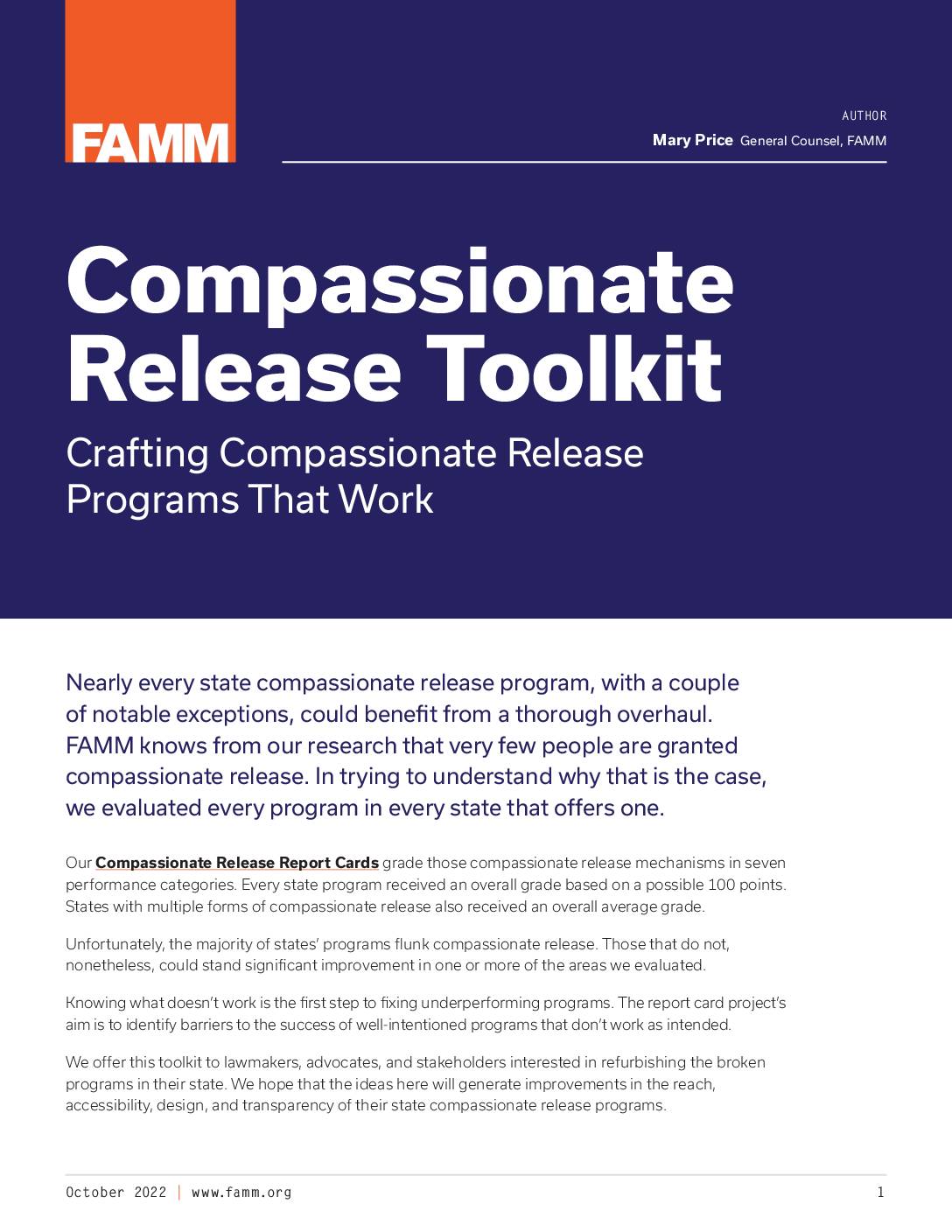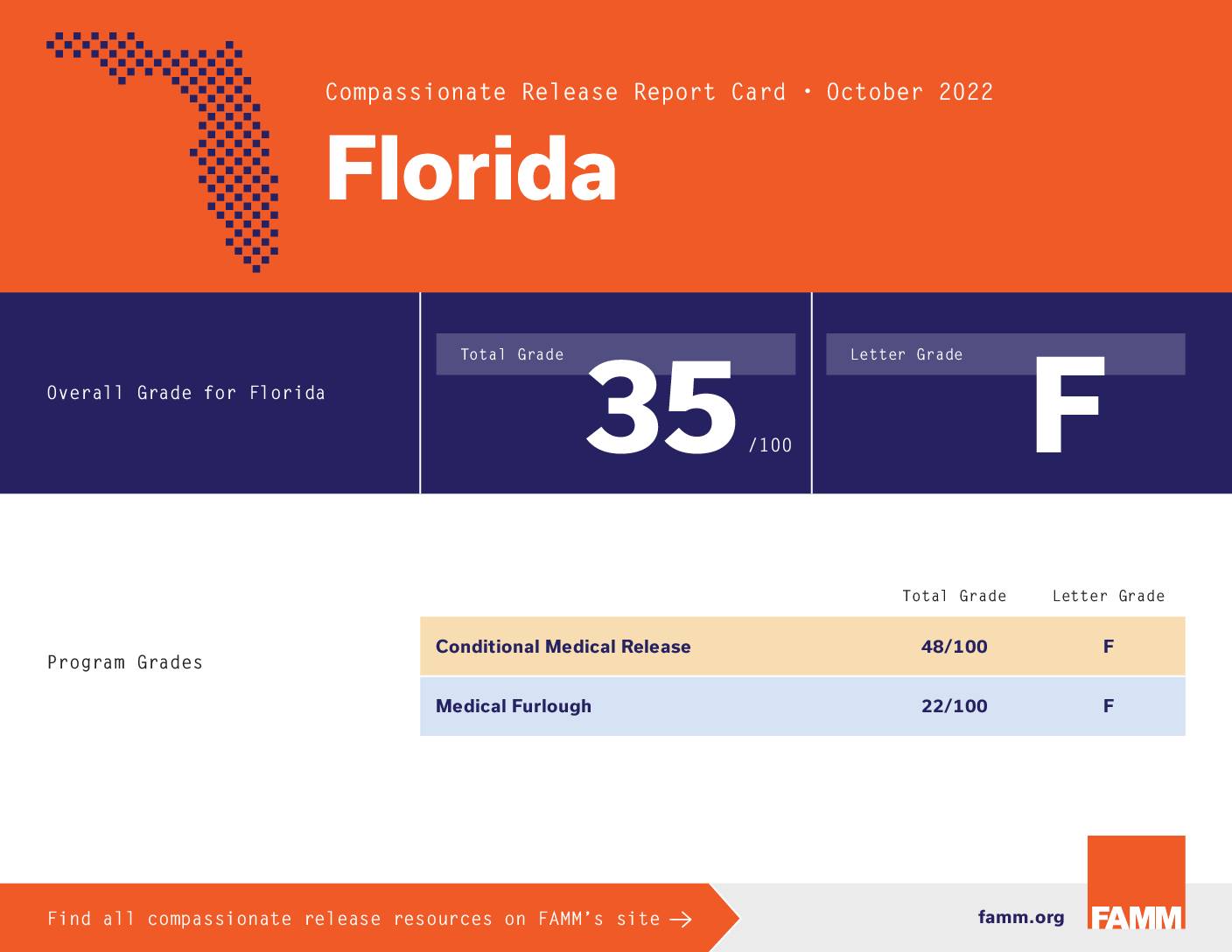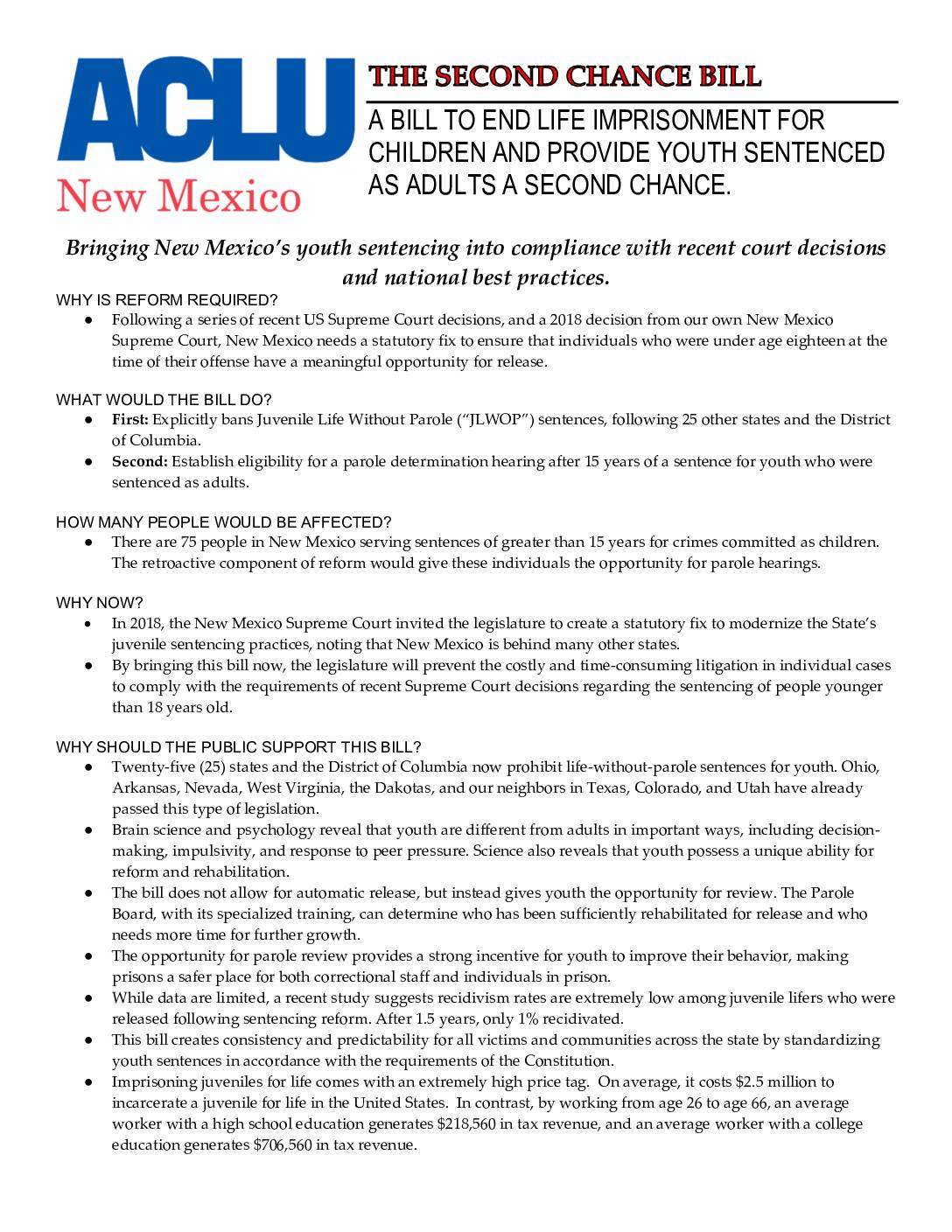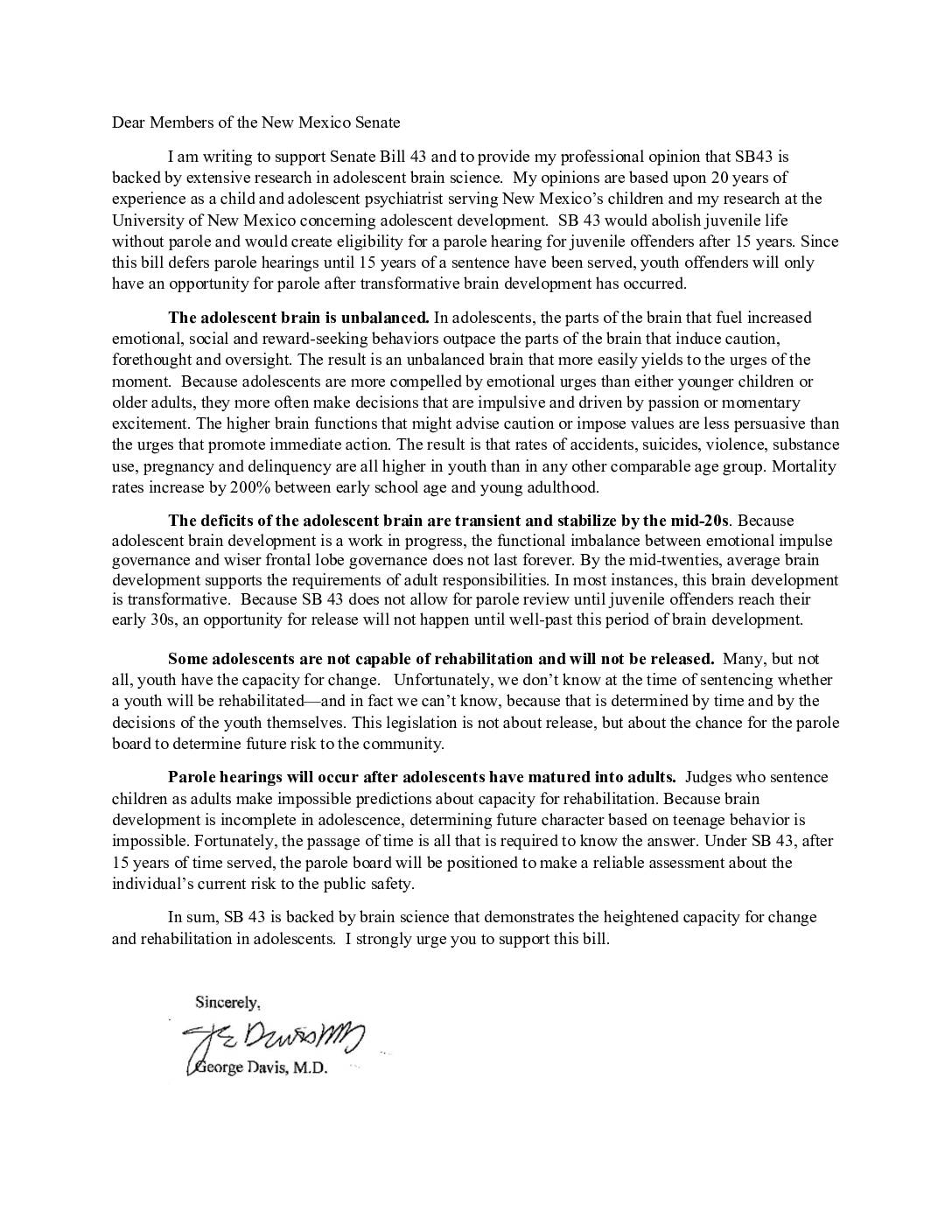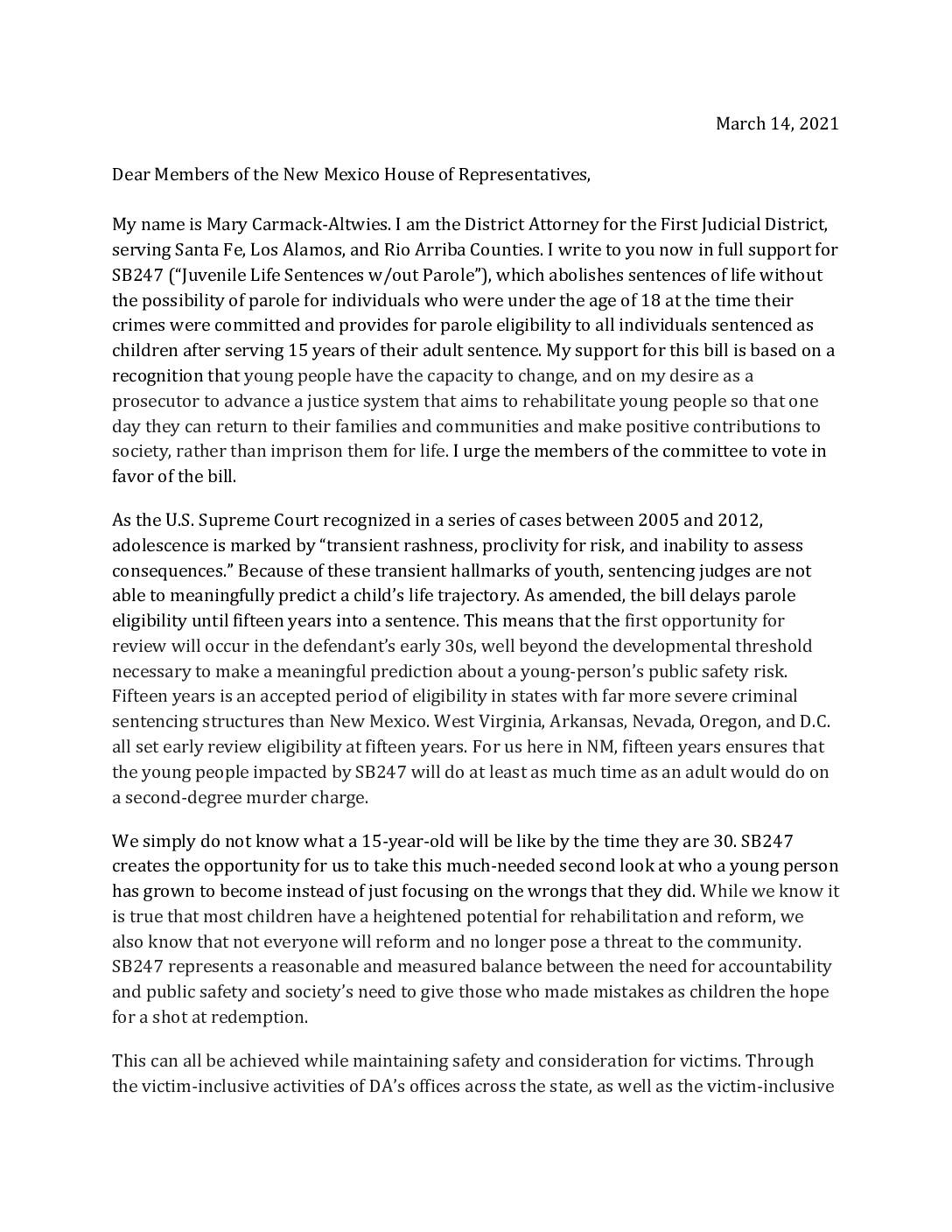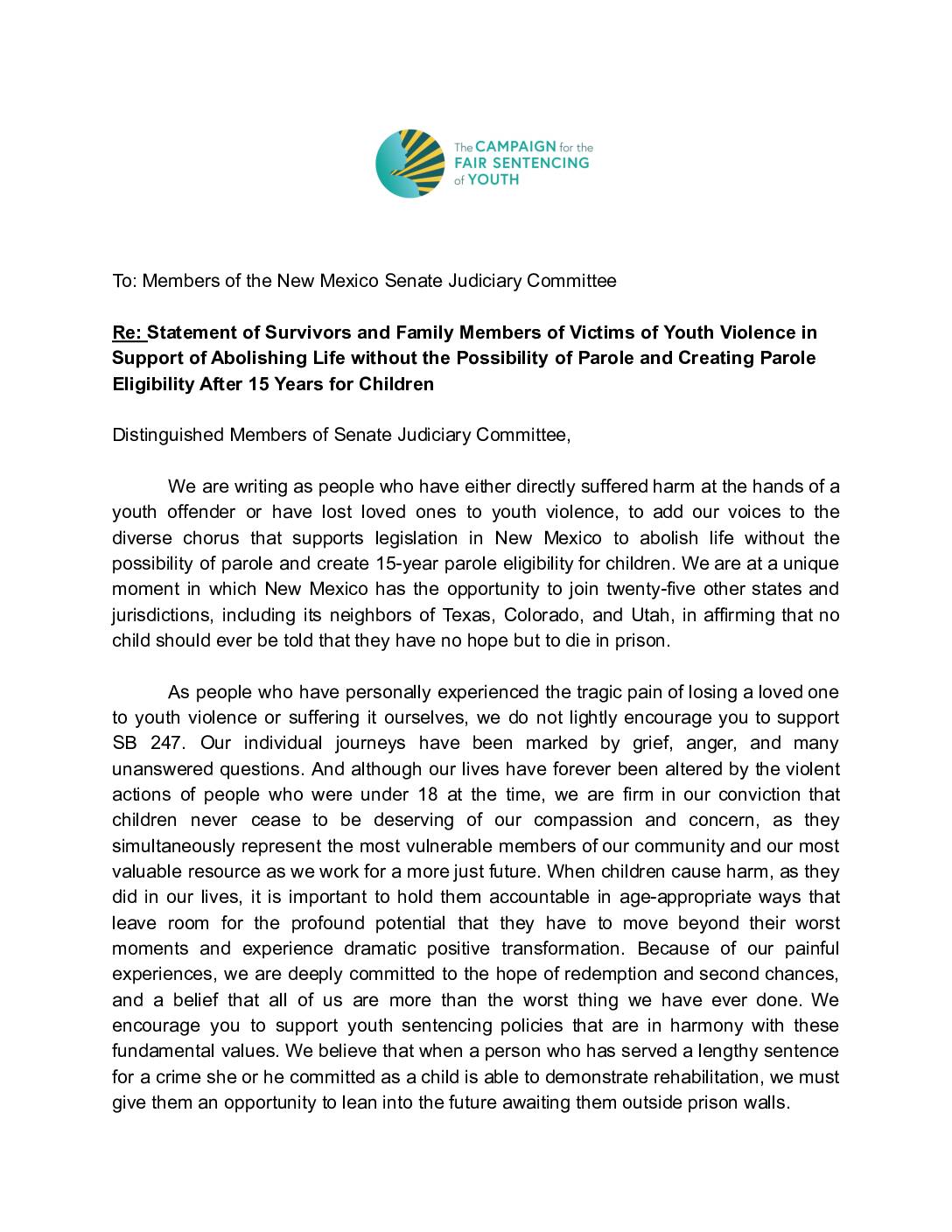PDF State Compassionate Release: The National Picture
FAMM’s Compassionate Release Report Cards look at how well states provide compassionate release to medically vulnerable, aging, and terminally ill incarcerated people. They grade each state program on key measures such as eligibility criteria, procedures, release planning, and data collection/public reporting. This infographic shows the overall grade for each state. Unfortunately, the majority of states flunk compassionate release.


